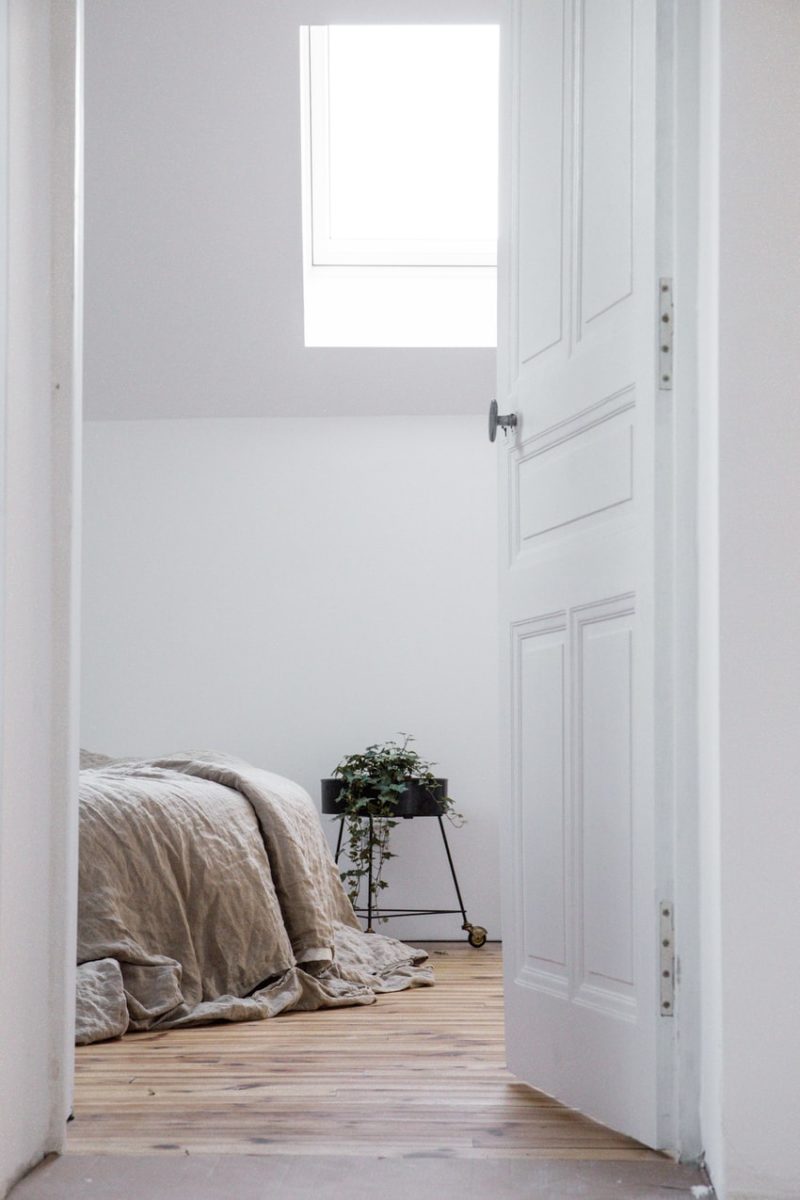Buying a Fixer-Upper? How to Plan a Home Remodel
Renovating a run-down home is a popular and often profitable project. You can identify a home with cosmetic or functional deficiencies and make it new again, creating either a great home for your family or a resell opportunity to cash in on your sweat equity. No matter what your ultimate plan is for the house, you need to plan out the home remodeling process before you start. Here are four important steps you must follow to make your renovation as simple as possible.
Check on Regulations
Depending on local laws, you may have to go through a number of steps to get permission to proceed with your remodeling project. In addition to applying for a building permit, there could be required inspections for the electrical and plumbing work. You might also have to update your zoning classification. Several of these steps will include fees, so be sure to include those amounts in your budget.
All these regulations are designed to protect you and your neighbors by preventing unregulated and unsafe construction. As long as you follow the ordinances correctly, you won’t have any trouble. On the other hand, if you try to circumvent the process or skip any steps, you could face fines and other penalties.
Develop an Overall Concept
Every style of architecture has its own unique characteristics that are tied together throughout the home. You can make changes and updates to those features during a renovation, but you still need to maintain a consistent theme throughout the house so that it feels natural.
Some homeowners have the entire idea mapped out in their heads before they start. If you’re not one of those, you’ll need some inspiration to get things moving. A great way to do that is to look at new homes for sale. For instance, if you’re wanting a fixer-upper in Edmonton, you would search for new homes for sale in Edmonton. Being able to see what’s available to you can give you a better perspective on what you can change. They’ll give you a better understanding of how a concept will work, whether or not you choose any of the concepts you see.
Determine Structural Soundness and Capacity
The more materials you bring into a house for renovation, the more weight you add. A home that is not structurally prepared for the added load could quickly experience settling or even partial collapse. Work with a credible contractor or engineer to determine if what you want to do will not overwhelm the house’s capabilities.
In some cases, deterioration may make the home unsuitable for renovation. At the time of construction, its structural members were adequate for what you have in mind, but years of termites, settling, moisture, or other problems have made the house unsuitable for a renovation. Get the needed repairs done to the foundation, floor joists, and load-bearing walls before you start bringing in heavy stacks of drywall or packages of hardwood flooring. Another benefit of completing this review before you renovate is that it will be much easier to update and repair the structure before the other work is finished.
Decide Whether to Live in the House During Renovation
Renovations can be completed either while the house is occupied or while your family is living in it. The project will be much easier if it’s conducted in an empty house because there’s no concern about the mess, noise, or disconnection of utilities. However, this can be an expensive option if you must rent elsewhere or make two mortgage payments each month. There is also a higher risk of theft in an unoccupied home.
Should you choose to live in the house while you renovate it, you’ll need to plan a lot of logistical things. The home will need to maintain climate control, water, and electricity for cooking, cleaning, bathing, and laundry. You will also need to use plastic sheets or other materials to contain dust, and any contractors you use will need a plan for getting into the house while your family is at school or work. Finally, you’ll have to be able to rearrange contents by shifting furniture out of each room as you work in it.
A home renovation will add value, comfort, and beauty to your home. To make that project the best it can be, you need a comprehensive plan that covers all aspects of the renovation and leaves nothing to chance. When you organize it properly, your fixer-upper project will meet all your expectations.













